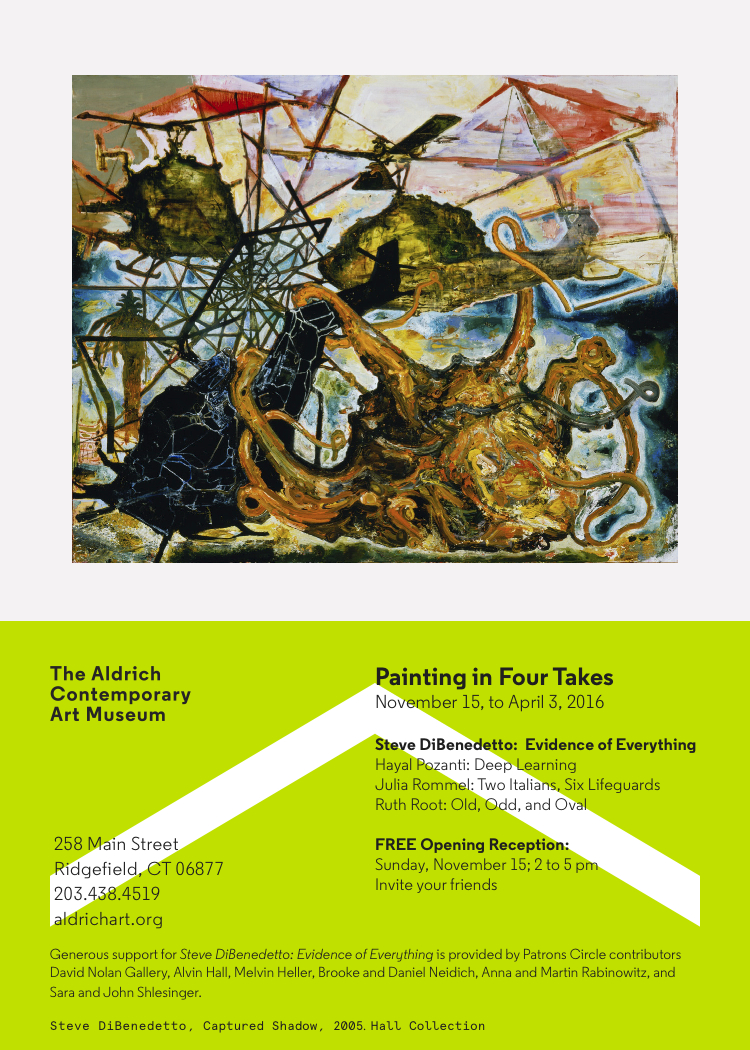my powercord died today and i havent replaced it yet. runnin on fumes til tomorrow or who knows when.
50th Anniversary of Alice's Restaurant on PBS tonight.
RIP Paul Laffoley
providence park voted best us stadium on list of the world's top 100
team sport - Wylie D.
greatful deagg roll
Attentive viewers of Jackson Pollock’s Number 27, 1950 (figs. 1-2), will notice a blue thread running almost parallel to the right framing edge until it meets the edge about half way up the picture. It then very closely tacks the corner fold of the canvas without ever quite disappearing from view over the tacking margin. Such blue selvage threads—which indicate the upper and lower limits of a bolt of canvas, while protecting it against fraying—are sometimes noticeable in other paintings by Pollock, especially along the top and bottom edges of his classic 1950 drip, pour, and spatter paintings, which utilize the full vertical dimension of a standard nine foot bolt of canvas and extend laterally to over seventeen feet. Number 27, 1950 is four by nine feet, which orients the threads to the left and right edges, rather than to the top and bottom. In addition to being differently placed in relation to the pictorial field, the thread in Number 27, 1950 appears to be more conspicuous here than in the larger works. It is not that it is conspicuously used as an element in the overall composition: standing a few feet away, the thread is difficult to see. Rather, at close range it seems meant to indicate the edge as a limit beyond which the representation cannot, literally, extend. Obviously, the material surface of the canvas is framed by actual limits, as all painted surfaces ultimately are. The object, Pollock reminds us, has a frame. But the artist’s inclusion of the thread seems to acknowledge this fact in a pointed way. In calling our attention to the actual frame by matching its edge so precisely with a common manufacturing detail—yet one which also slips under the painted skeins it abuts—I’d like to suggest that Pollock encourages us to imagine another kind of frame. That “frame” is of a pictorial (as opposed to literal) nature. Its “limits” should be thought of a qualitatively different from those of the actual material because, unlike physical limits, they do not first operate as constraints. The apparent limits of Pollock’s pictorial fields do not necessarily, and indeed rarely do, coincide with his paintings’ actual limits.1 Those apparent limits—which have an important role in establishing what I’ll later call the format of the picture—are generated by the activity of painting itself, and thus emerge as a result of artist’s expressive purposes. The selvage thread helps mark the difference between the two different kinds of frames, and the limits they imply.2
Ahmed Chalabi died. As recently as last year Perle and Wolfowitz were still touting him as a viable candidate for Iraq's Prime Minister slot.
Guston talking
Activision acquires Candy Crush maker King Digital Entertainment for $5.9B in the largest accidental in-app purchase in history.
— sean rose (@sean_a_rose) November 3, 2015

As the sun set on Wednesday, July 13, 1977, a series of lightning strikes on power lines and infrastructure led to a cascade of shutdowns, overloads and failures. An hour after the first strike, the entire Con Edison system powering New York City shut down completely.
where's Chang?
one of those crazy multi-lateral plays to end a college football game.
The only feature directed by Saul Bass. I've never seen it.

if your pumpkin doesnt look like this, you hate your children.
Effective immediately we are suspending the publication of Grantland.


